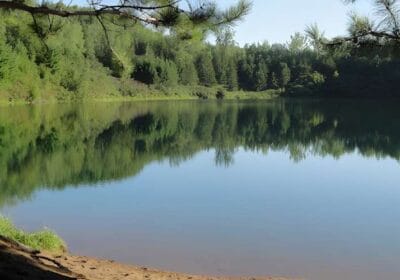The White House, located in the heart of Washington D.C., is one of the most iconic buildings in the world. It is the official residence and workplace of the President of the United States and has been the home of every U.S. president since John Adams in 1800.
History
The White House was designed by Irish-born architect James Hoban and was constructed between 1792 and 1800. The building was first occupied by President John Adams and his family in 1800. Since then, the White House has undergone many changes and renovations, including the addition of the iconic Oval Office during the presidency of William Howard Taft.
The White House has also played a significant role in American history. It has been the site of many important events, such as the signing of the Emancipation Proclamation by President Abraham Lincoln and the Cuban Missile Crisis during the presidency of John F. Kennedy.
Touring the White House
Visitors can tour the White House by making a request through their member of Congress at least 21 days in advance. Tours are free, but tickets are limited and subject to availability.
During the tour, visitors will see many of the rooms and spaces within the White House, including the East Room, Green Room, Blue Room, Red Room, and State Dining Room. Visitors will also see artwork, furnishings, and historical artifacts that have been collected over the years.
It is important to note that all visitors must pass through security checkpoints and follow strict guidelines, such as no photography or food or drinks allowed during the tour. Backpacks, bags, and other personal items are also subject to search.
The White House Gardens
In addition to the building itself, the White House gardens are also a popular attraction for visitors. The South Lawn, Rose Garden, and Jacqueline Kennedy Garden are all beautiful outdoor spaces that offer stunning views of the White House.
The White House Visitor Center
For those who are unable to secure a tour of the White House, the White House Visitor Center is a great alternative. The center features interactive exhibits, artifacts, and a 14-minute film about the history and significance of the White House.
Visitors can also see a replica of the Oval Office and learn about the various roles and responsibilities of the president and first lady.
Admission to the White House Visitor Center is free, and it is open seven days a week, from 7:30am to 4pm.
Conclusion
The White House is a must-see destination for anyone visiting Washington D.C. Its rich history and iconic status make it a fascinating and memorable experience. While touring the White House itself may be difficult, the Visitor Center and gardens offer alternative ways to experience the beauty and significance of this historic landmark. So be sure to add the White House to your itinerary when planning your trip to Washington D.C.





